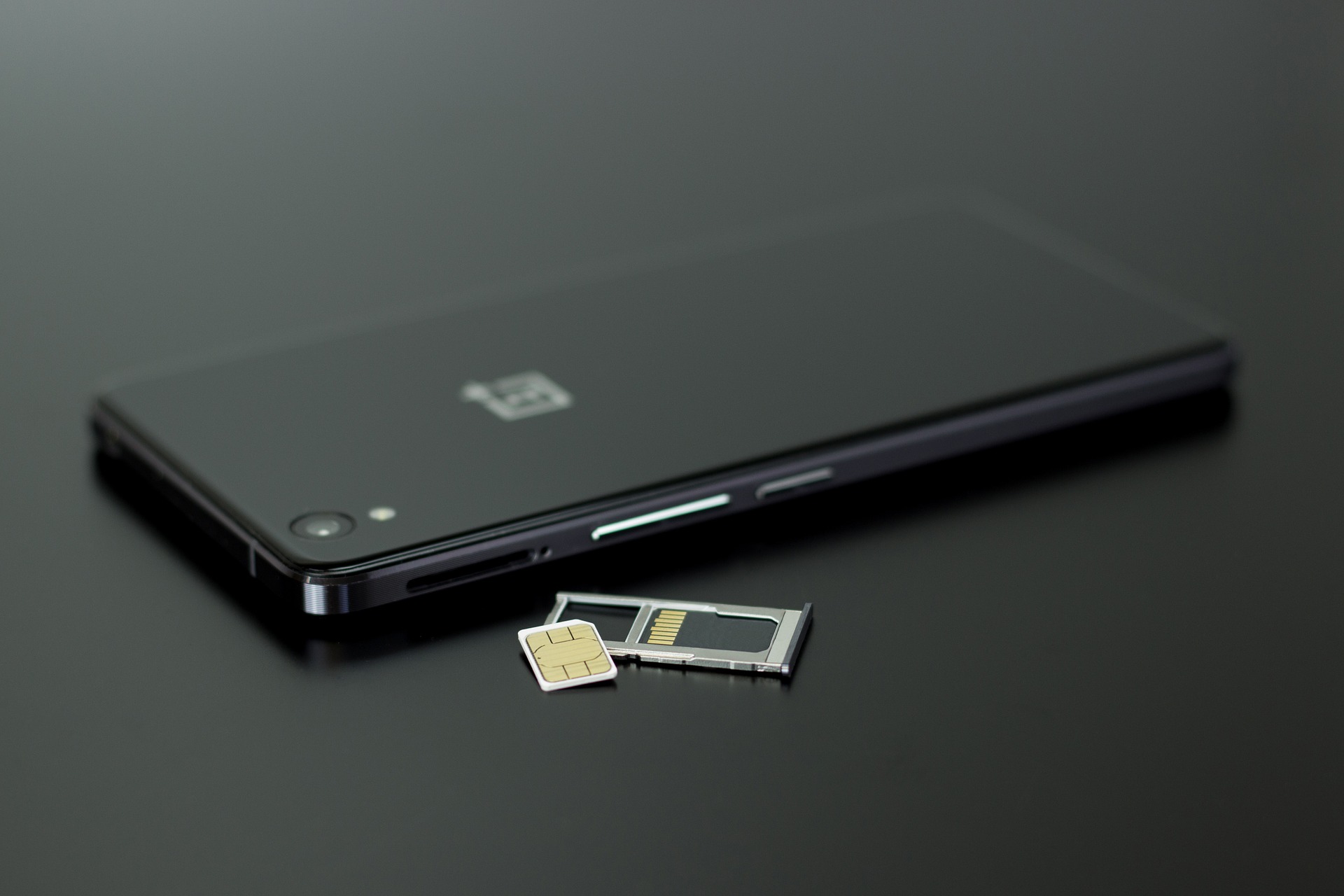If a phone had only 8GB of memory just a decade ago, new devices can hold up to 1TB of data.
According to experts, now consumers tend to choose smartphones with a capacity of 128 GB, but even this does not guarantee that there will be a shortage of memory over time.
When phone memory gets full, device performance slows down, battery drains faster, and some functions become unavailable, so it’s important to regularly take care of your phone’s memory “memory”.
Arnoldas Lukošius, expert at Tele2 Innovation Office, offers tips on how to easily free up and empty phone memory. An expert advises five simple ways to “clear” your phone’s memory and make sure you never run out of time.
Be organized on a regular basis. The smartphone accumulates a variety of unused files, gadgets, photos or videos that do not perform any function and only take up space.
It’s useful to periodically check and “clean” the Pictures container and the My Files app, which aggregates many downloaded documents over time.
Unused files can be deleted manually or using special tools. Smart Cleaner will help iPhone users and Super Clean will help Android owners.
To free up space on your phone, you may also want to clear your cache and browsing history in Safari: When you open Safari, select Clear History and Website Data.
Regularly deleting unnecessary files and browsing history will speed up your phone, protect you from potential viruses, and give you plenty of free space for new files.
1. Store your data in the cloud
Still getting enough space after getting rid of unused files and browsing history? You can transfer the most important data (photos, videos or documents) to web servers – the “cloud”, where you can safely store a large number of files and easily access them at any time.
It is advisable to set up automatic data sync to avoid losing the data you need if your phone is lost or damaged.
You can choose from the most popular and most used storage: Google Drive, One Drive or Dropbox, and iPhone owners can also use iCloud Cloud Storage.
Most of the storage offered offer the first 2, 5, or 15 GB for free, but you’ll have to pay to get more space.
2. Restore factory settings
If you want your phone to work as fast as it did when you bought it, it’s a good idea to perform a “general” cleaning every six months to bring your device back to factory settings.
Before cleaning your phone in this way, it is important to move all the apps and files you use to a safe place (memory card or “the cloud”) or you will lose all the files on your phone.
To reset iPhone to factory settings, go to Settings > General > Reset > Reset All Settings.
For Android phones, do the following: Settings > Backup & reset > Factory data reset > Reset phone” (Phone data recovery).
3. Choose a lower resolution
Photos and videos occupy the largest amount of memory in the phone’s memory, as the latest technologies allow you to take photos in live mode and record videos in ultra-high definition 4K or even 8K.
For this reason, even a short video clip can take hundreds of megabytes of phone memory. If your phone often runs out of space, then you should consider whether you really need HD videos and live photos.
You can quickly and easily change the resolution in the phone’s camera app settings.

4. Use SD cards
This method to increase the memory of your phone will only work for owners of Android devices. A microSD card can store photos, videos, music files, or even documents, but you won’t be able to store many apps or games on the card.
Memory cards are not supported by Apple devices, as is the case with some non-Apple devices, so you will need to use the above methods to free up memory.
You can check how much memory different files have stored and how much space is left on your device in the phone settings.
To check iPhone memory, tap Settings > General > Storage, and you’ll find Android Memory in Settings or My Device.

Subtly charming zombie buff. Amateur analyst. Proud tvaholic. Beer fanatic. Web expert. Evil troublemaker. Passionate internet maven. Gamer. Food evangelist.

